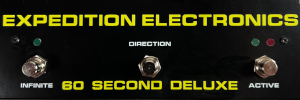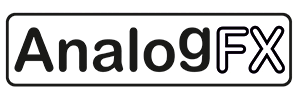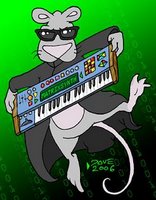Note: Auction links are affiliate links for which the site may be compensated.
via this auction
"Module A-120 is a voltage controlled low-pass filter, which filters out the higher parts of the sound spectrum, and lets lower frequencies pass through. The Cut-Off Frequency determines the point at which filtering takes effect. You can control this manually, or by voltage control (filter modulation, for instance by an LFO). Three CV inputs are available, and the sum of the voltages from these affects the filter cut-off.
The module is based on a so-called "transistor ladder" design, with a cut-off slope of -24 dB/octave, as in various Moog synthesizers. That's what gives it its classic, legendary Moog sound.
Resonance (or Emphasis) is adjustable all the way up to self-oscillation - in which case the filter behaves like a sine wave oscillator."

Friday, February 07, 2014
DOEPFER A-114 Dual Ringmodulator eurorack module
Note: Auction links are affiliate links for which the site may be compensated.
via this auction
"Module A-114 contains two separate ring modulators. A ring modulator outputs the product (Multiplication X • Y) of the signals at inputs X and Y. It's similar to a VCA, but whereas a VCA only responds to positive voltages at the inputs (2-quadrant multiplication), the ring modulator responds to both positive and negative voltages (4-quadrant multiplication).
The ring modulator thus provides a refinement of amplitude modulation (AM). Ordinary amplitude modulation will output the original carrier frequency fC as well as the two side bands (fC - fM, fC + fM) for each of the spectral components of the carrier and modulation signals - but ring modulation cancels out the carrier frequencies, and just lets the side-bands pass to the output (see Fig. 1).
A ring modulator is used for the production of bell-like sounds, alien voices, or just to produce new timbres."
via this auction
"Module A-114 contains two separate ring modulators. A ring modulator outputs the product (Multiplication X • Y) of the signals at inputs X and Y. It's similar to a VCA, but whereas a VCA only responds to positive voltages at the inputs (2-quadrant multiplication), the ring modulator responds to both positive and negative voltages (4-quadrant multiplication).
The ring modulator thus provides a refinement of amplitude modulation (AM). Ordinary amplitude modulation will output the original carrier frequency fC as well as the two side bands (fC - fM, fC + fM) for each of the spectral components of the carrier and modulation signals - but ring modulation cancels out the carrier frequencies, and just lets the side-bands pass to the output (see Fig. 1).
A ring modulator is used for the production of bell-like sounds, alien voices, or just to produce new timbres."
DOEPFER A-103 18dB Low Pass 1 (VCF6) eurorack module
Note: Auction links are affiliate links for which the site may be compensated.
via this auction
"Module A-103 is a voltage controlled low pass filter with 18dB/octave slope. The circuit is based on a modified transistor ladder (Moog ladder) and is a reproduction of the legendary TB303 filter. As for the rest the A-103 is identical to the A-120 Moog low pass filter (same controls, inputs/outputs) only the filter sound is different."
via this auction
"Module A-103 is a voltage controlled low pass filter with 18dB/octave slope. The circuit is based on a modified transistor ladder (Moog ladder) and is a reproduction of the legendary TB303 filter. As for the rest the A-103 is identical to the A-120 Moog low pass filter (same controls, inputs/outputs) only the filter sound is different."
DOEPFER A106-1 Xtreme Filter (Korg MS20) eurorack module
Note: Auction links are affiliate links for which the site may be compensated.
via this auction
"Module A-106-1 has it's origin in our experiments to built a MS20 filter clone. The module is not exactly the same as the MS20 filter but similar. The famous original MS20 included two filters: a 12 dB lowpass and a 6dB high pass filter connected in series both with a very special design (the MS20 highpass if very often described as 12dB high pass, but this is not true). During our researches we found a way to use the same circuit simultaneously as lowpass and highpass for 2 different audio signals (a bit similar to the A-101-1 Steiner Vactrol filter that has even different audio inputs available, but with the special MS20 circuit). For this two separate audio inputs for lowpass (LP) and highpass (HP) with separate level controls are available. The sockets are normalled, i.e. the signal applied to the LP input is available for the HP input too provided that no plug is inserted into the HP input socket. The level control of the HP input is realized as a polarized input. This means that the signal can be added with the same polarity (+ range) or opposite polarity (- range) compared to the LP input. This feature enables notch (+) and bandpass (-) filter functions too. From our point of view this is the most flexible solution that enables e.g. these functions:
Lowpass: the audio signal is fed to the LP input, HP level control is set to zero, LP level control is set to the desired level
Highpass: the audio signal is fed to the LP or HP input, LP level control is set to zero, HP level control is set to the desired level (in this special case it does not matter if positive or negative amplification is chosen with the polarizer control)
Lowpass/highpass mix with one audio signal: the audio signal is fed to the LP input, LP and HP level controls are set to the desired levels.
special setting 1: if the level controls for LP and HP are set in a way that both levels are identical with the same polarity (i.e. + range of the HP level control) and no or little distortion only one obtains ~ a notch filter (the "~" indicates that the notch is far from beeing perfect, the attenuation in the passband is not as good as for other filters of the A-100 system, look at the frequency response curves at the bottom of this decoment for details)
special setting 2: if the level controls for LP and HP are set in a way that both levels are identical with the opposite polarity (i.e. - range of the HP level control) and no or little distortion only one obtains ~ a bandpass filter (the "~" indicates that even the bandpass is far from beeing perfect, there is a significant feedthrough of frequencies below and above the center frequency, look at the frequency response curves at the bottom of this decoment for details)
Remark for settings 1 and 2: The original MS20 circuit was not planned for notch or bandpass applications. The ~notch and ~bandpass filters should be treated as a free bonus and have the disadvantages mentioned above. The reason is that the lowpass has a 12dB/octave slope and the highpass 6dB/octave. This leads to phase relations that do not allow a "perfect" bandpass and notch simply by adding/subtracting signals as for other filter designs (for insiders: there remains always a 90 degree phase shift). For better notches and bandpasses other A-100 filters should be used - or two A-106-1 patched in series (bandpass) or parallel (notch) with suitable frequency settings.
Lowpass and highpass with two different audio signals: the two audio signals are fed to the LP input resp. HP input, the level controls for LP and HP are set to the desired levels. For the +/- control of the HP input it is essential in this case if the two input signals are phase correlated (e.g. two different outputs of the same VCO or VCO output and a frequency divided signal derived from this VCO) or there is no fixed phase correlation between the two signals (e.g. two different VCOs). In the first case the the - and + range of the HP control leads to different filter results. In the second case there is no difference if the + or - range of the HP control is used."
via this auction
"Module A-106-1 has it's origin in our experiments to built a MS20 filter clone. The module is not exactly the same as the MS20 filter but similar. The famous original MS20 included two filters: a 12 dB lowpass and a 6dB high pass filter connected in series both with a very special design (the MS20 highpass if very often described as 12dB high pass, but this is not true). During our researches we found a way to use the same circuit simultaneously as lowpass and highpass for 2 different audio signals (a bit similar to the A-101-1 Steiner Vactrol filter that has even different audio inputs available, but with the special MS20 circuit). For this two separate audio inputs for lowpass (LP) and highpass (HP) with separate level controls are available. The sockets are normalled, i.e. the signal applied to the LP input is available for the HP input too provided that no plug is inserted into the HP input socket. The level control of the HP input is realized as a polarized input. This means that the signal can be added with the same polarity (+ range) or opposite polarity (- range) compared to the LP input. This feature enables notch (+) and bandpass (-) filter functions too. From our point of view this is the most flexible solution that enables e.g. these functions:
Lowpass: the audio signal is fed to the LP input, HP level control is set to zero, LP level control is set to the desired level
Highpass: the audio signal is fed to the LP or HP input, LP level control is set to zero, HP level control is set to the desired level (in this special case it does not matter if positive or negative amplification is chosen with the polarizer control)
Lowpass/highpass mix with one audio signal: the audio signal is fed to the LP input, LP and HP level controls are set to the desired levels.
special setting 1: if the level controls for LP and HP are set in a way that both levels are identical with the same polarity (i.e. + range of the HP level control) and no or little distortion only one obtains ~ a notch filter (the "~" indicates that the notch is far from beeing perfect, the attenuation in the passband is not as good as for other filters of the A-100 system, look at the frequency response curves at the bottom of this decoment for details)
special setting 2: if the level controls for LP and HP are set in a way that both levels are identical with the opposite polarity (i.e. - range of the HP level control) and no or little distortion only one obtains ~ a bandpass filter (the "~" indicates that even the bandpass is far from beeing perfect, there is a significant feedthrough of frequencies below and above the center frequency, look at the frequency response curves at the bottom of this decoment for details)
Remark for settings 1 and 2: The original MS20 circuit was not planned for notch or bandpass applications. The ~notch and ~bandpass filters should be treated as a free bonus and have the disadvantages mentioned above. The reason is that the lowpass has a 12dB/octave slope and the highpass 6dB/octave. This leads to phase relations that do not allow a "perfect" bandpass and notch simply by adding/subtracting signals as for other filter designs (for insiders: there remains always a 90 degree phase shift). For better notches and bandpasses other A-100 filters should be used - or two A-106-1 patched in series (bandpass) or parallel (notch) with suitable frequency settings.
Lowpass and highpass with two different audio signals: the two audio signals are fed to the LP input resp. HP input, the level controls for LP and HP are set to the desired levels. For the +/- control of the HP input it is essential in this case if the two input signals are phase correlated (e.g. two different outputs of the same VCO or VCO output and a frequency divided signal derived from this VCO) or there is no fixed phase correlation between the two signals (e.g. two different VCOs). In the first case the the - and + range of the HP control leads to different filter results. In the second case there is no difference if the + or - range of the HP control is used."
Tech Talk: PHILSYNTH (Slices Issue 4-13)
Published on Jan 15, 2014
This one is highly relevant to the latest Roland Aira post in more ways than one.
"I really am a fan of originality. It is quite noticeable with transistors. Even transistors that have been built for 20, 30 years and are still being built, that have the same name and suffix etc. and the same values, they sound differently." — TECH TALK: PHILSYNTH, taken from Slices Issue 4-13.
Watch more Slices features here:
http://www.youtube.com/ElectronicBeat
http://www.electronicbeats.net
Order Slices DVD(s) online: http://www.eb-slices.net
Test footage with Zoom Q4 and Bass Station II
Published on Feb 5, 2014 Daniel Davis·9 videos
"Wanted to do a quick test with the Zoom Q4 to see how the audio input worked with recording. The audio is nothing special - at all! I simply wanted to push the ZQ4 with a lot of random noise to hear how the audio recorded. The audio is run directly from the BSII into the Zoom's audio input."
MoPho RAW SAMPLE PACK - 88 FREE samples /loops
Published on Feb 7, 2014 Alba Ecstasy·100 videos
"MoPho RAW SAMPLE PACK -- 88 FREE samples /loops by AE.
Click here to download: http://goo.gl/5qJYBQ This short demo was made with 8 samples from pack.
88 samples & loops extracted from MoPho Dave Smith Instruments. The original patches were created by Alba Ecstasy or altered from the original bank. The samples are in wave format @ 44100 Hz /16 bits and the loops @ 95 BPM (0001-0020) & 130 BPM (instruments loops) and are in raw format (no mastering).
Presets for MoPho are coming soon!"
via Mihail on The MATRIXSYNTH Lounge
Dotcom modular, a quick patch... just messin'
Published on Feb 7, 2014 Phil Tipping·65 videos
"Not a very adventurous patch, but captured on camera so posted it. System is a customised Studio-22, more details here: http://myweb.tiscali.co.uk/philweb/ph...
Audio recorded separately so was going to mute the camcorder's sound of jack plugs being plugged in, then realised that was all part of the magic... sad or what?"
http://synthesizers.com
PREVIOUS PAGE
NEXT PAGE
HOME
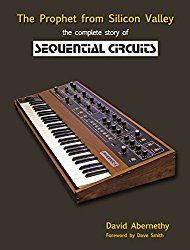
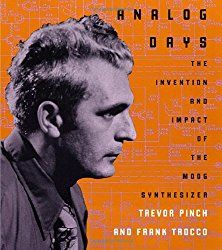
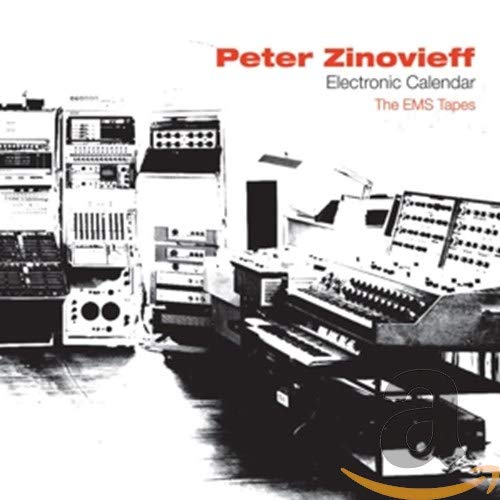
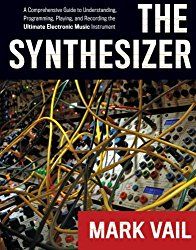
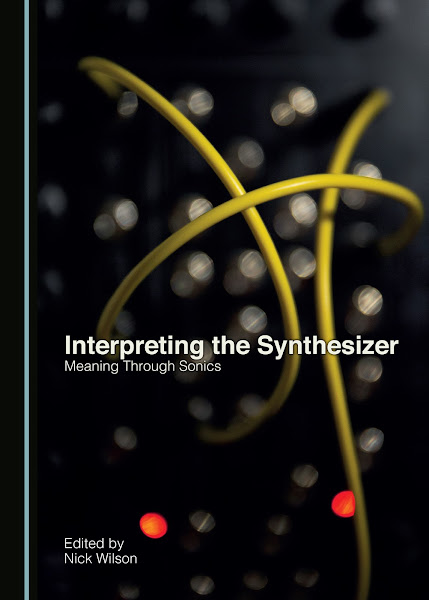
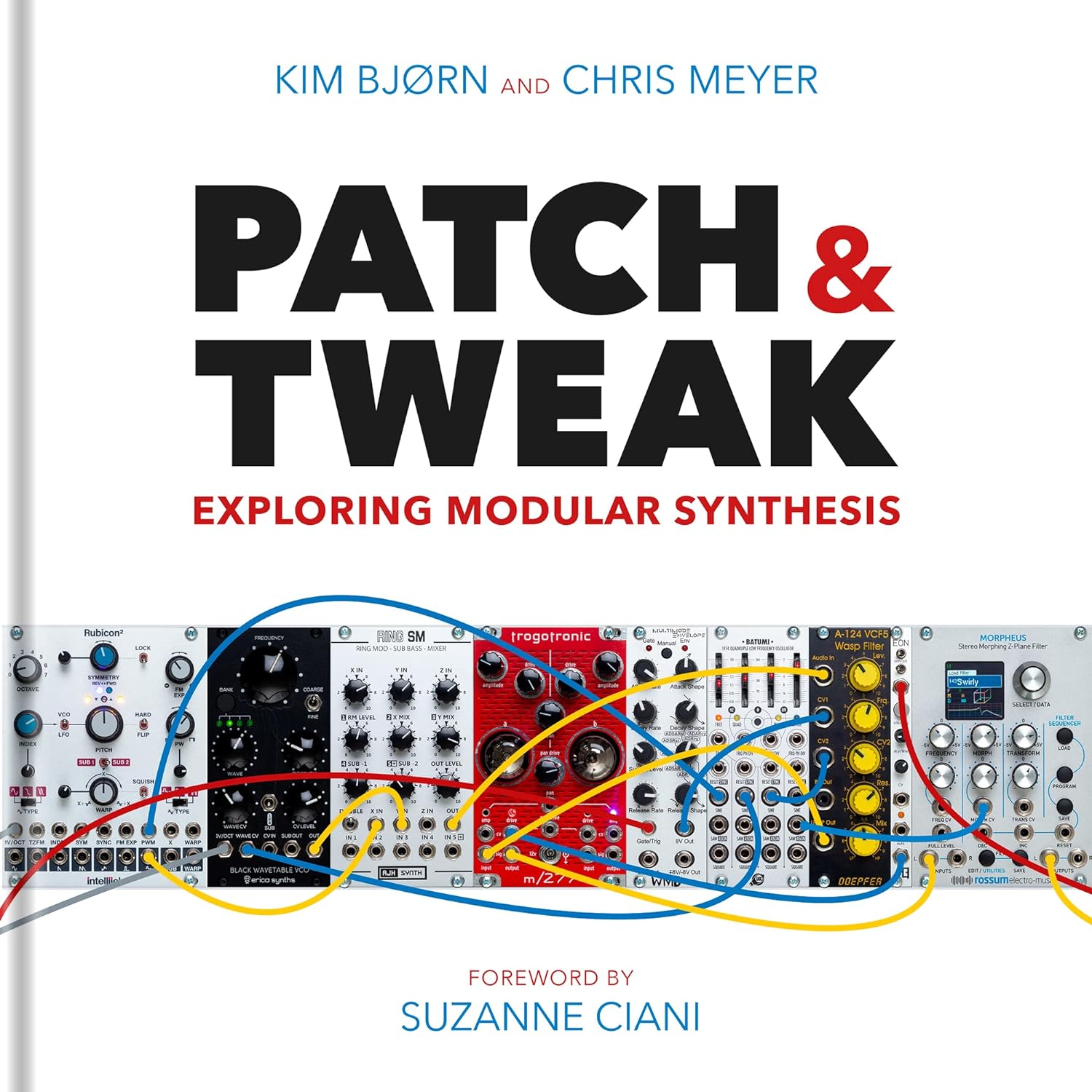
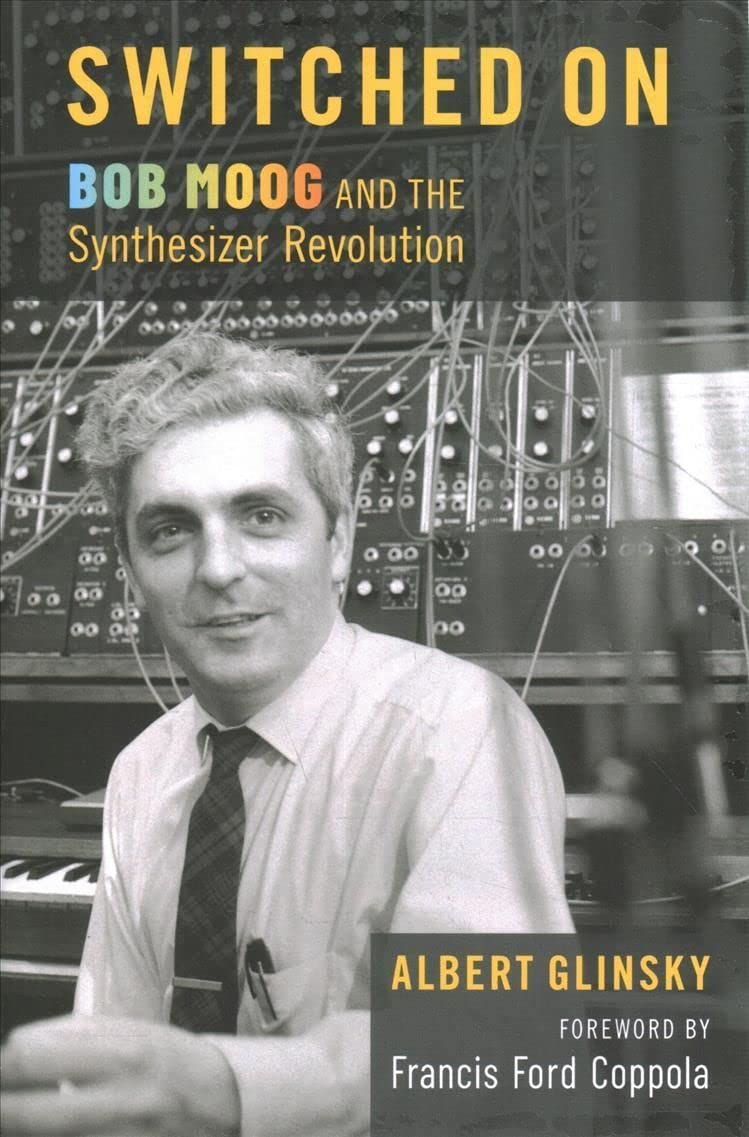
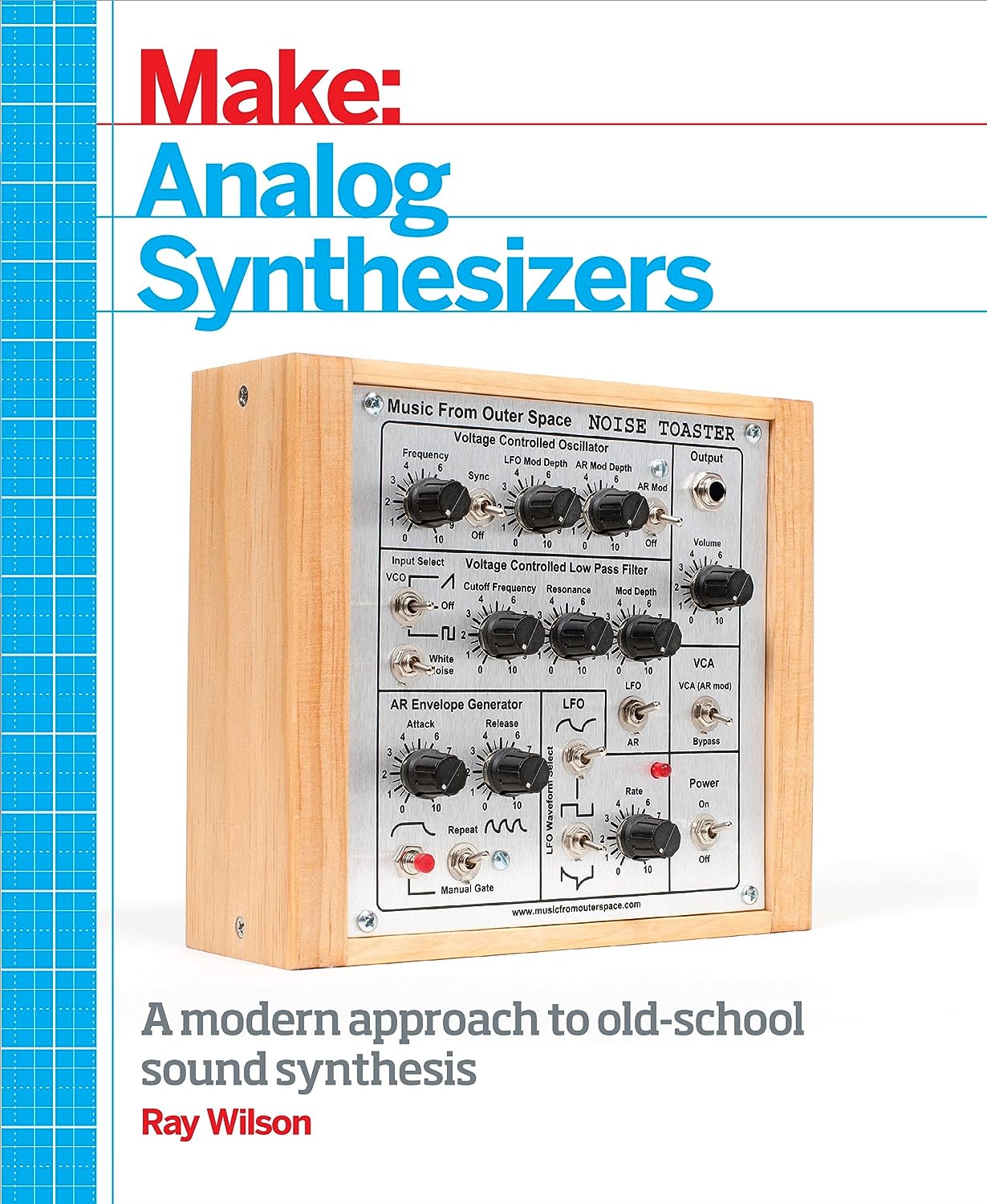
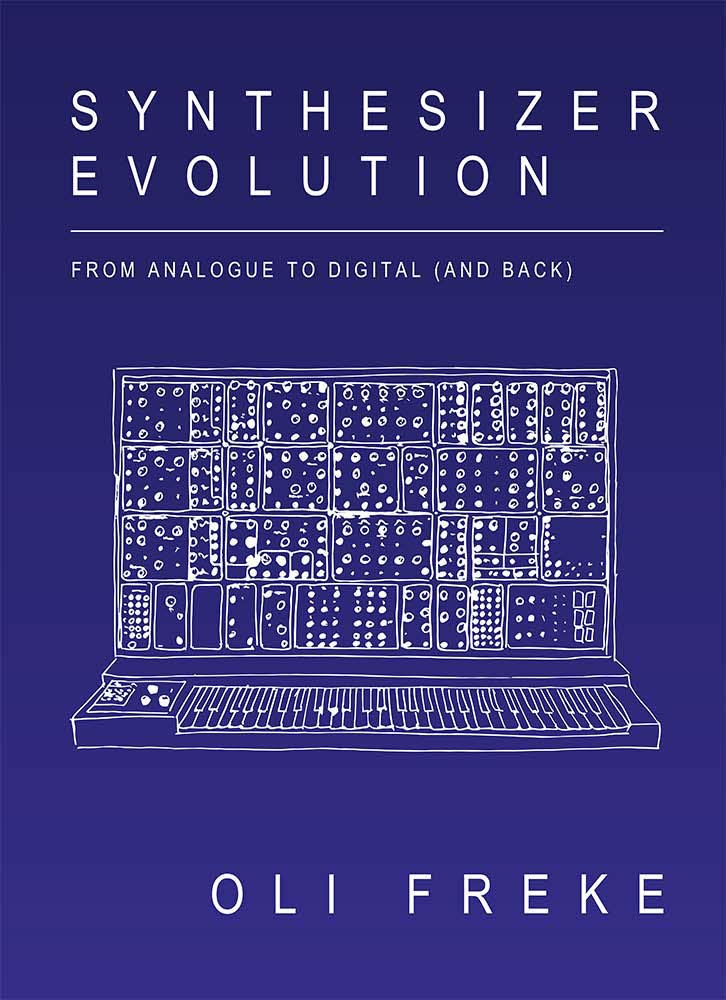
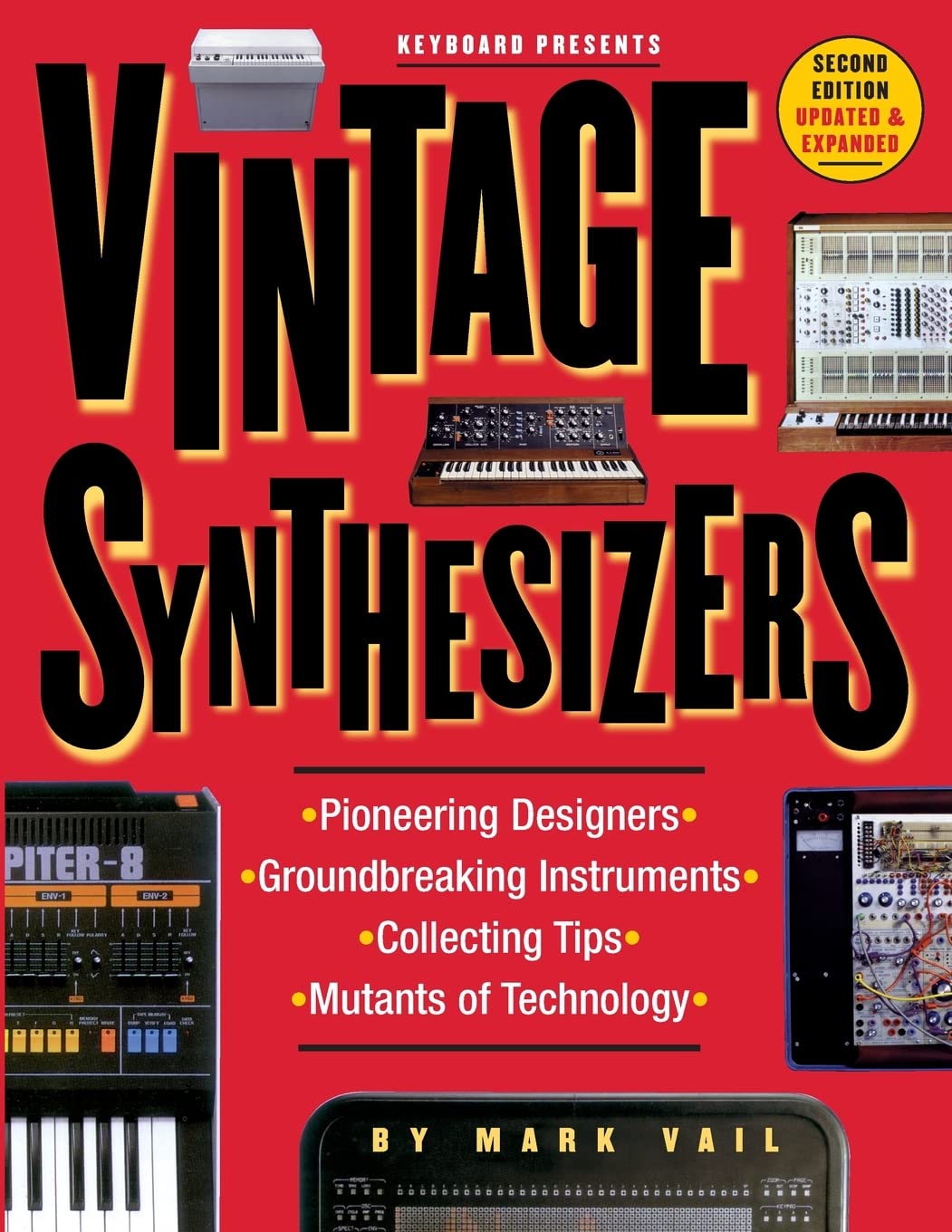
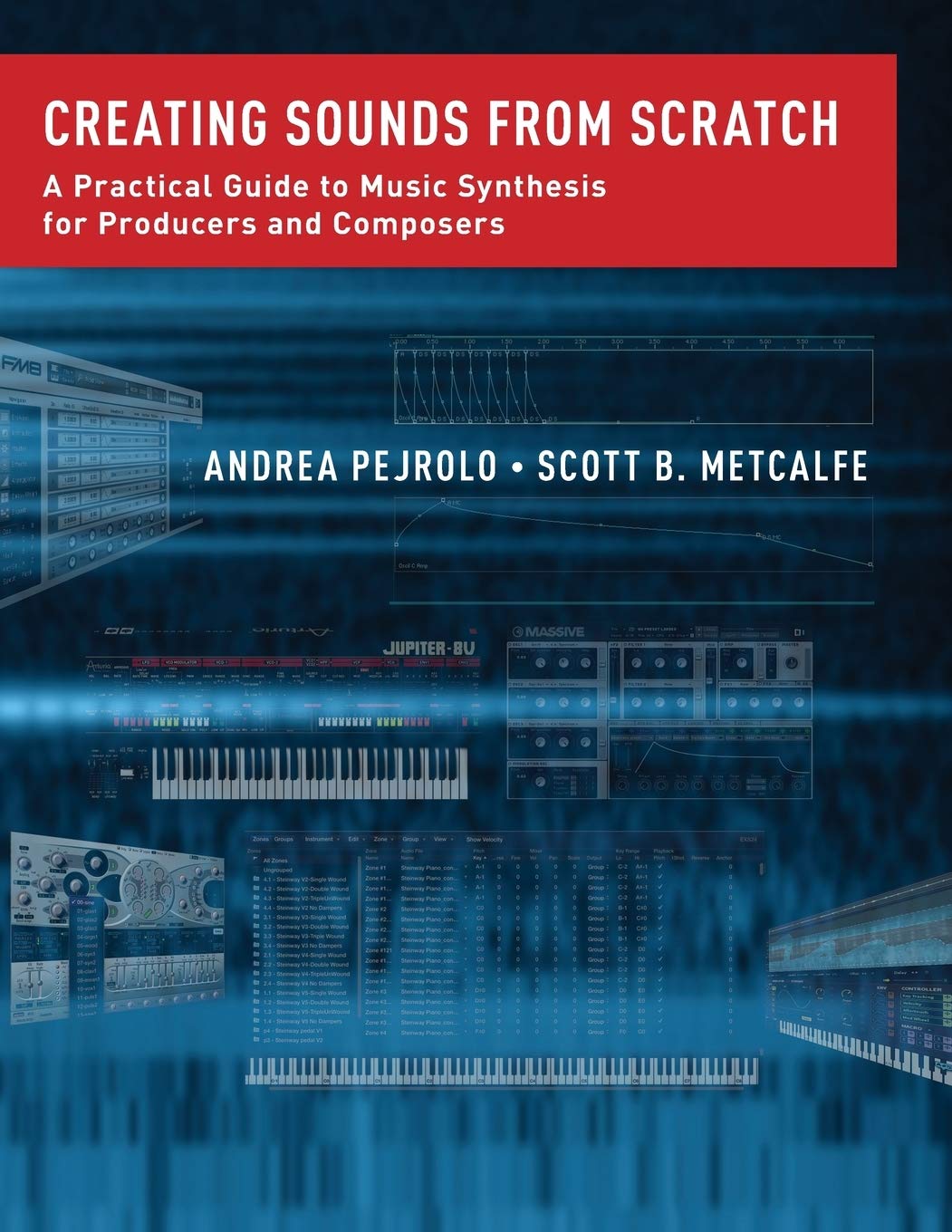
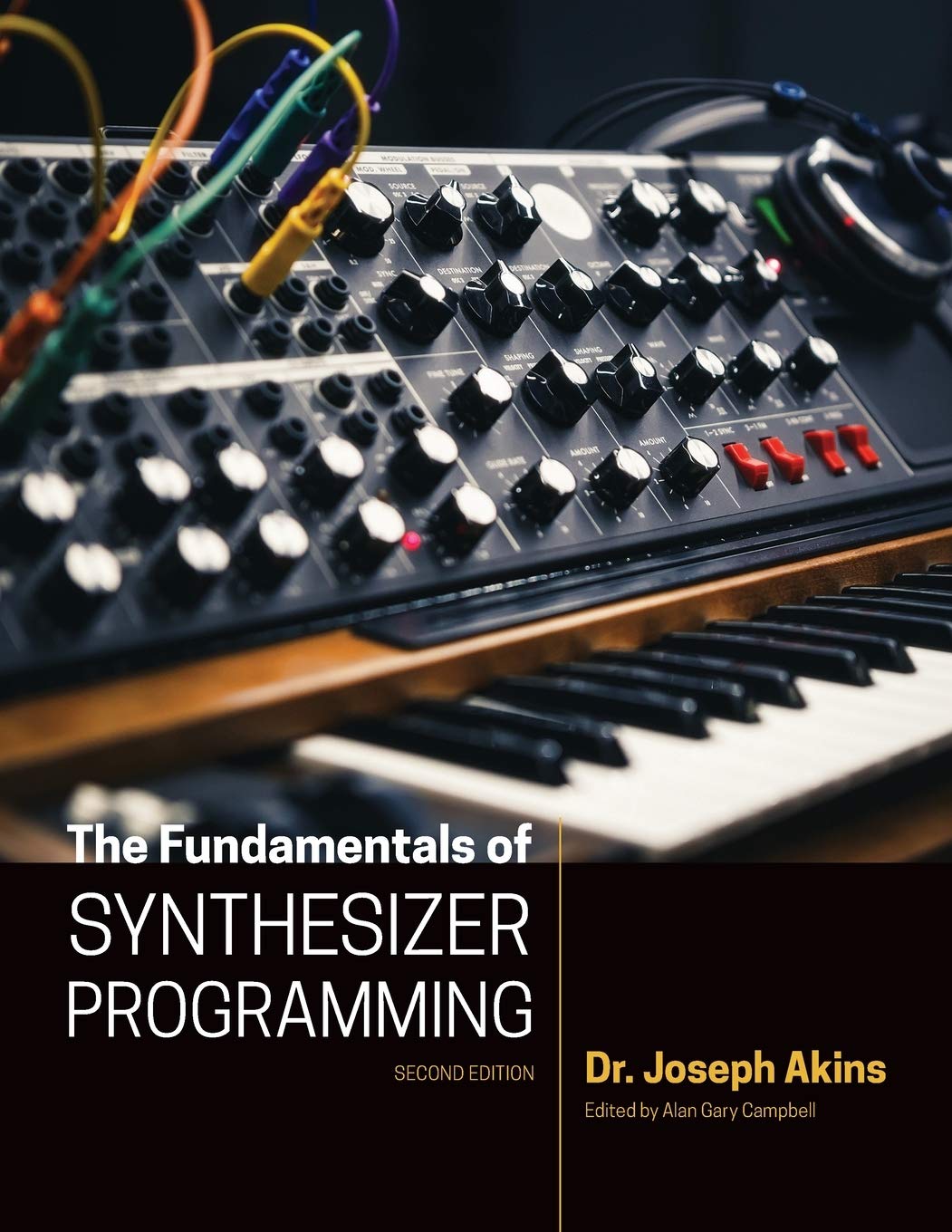
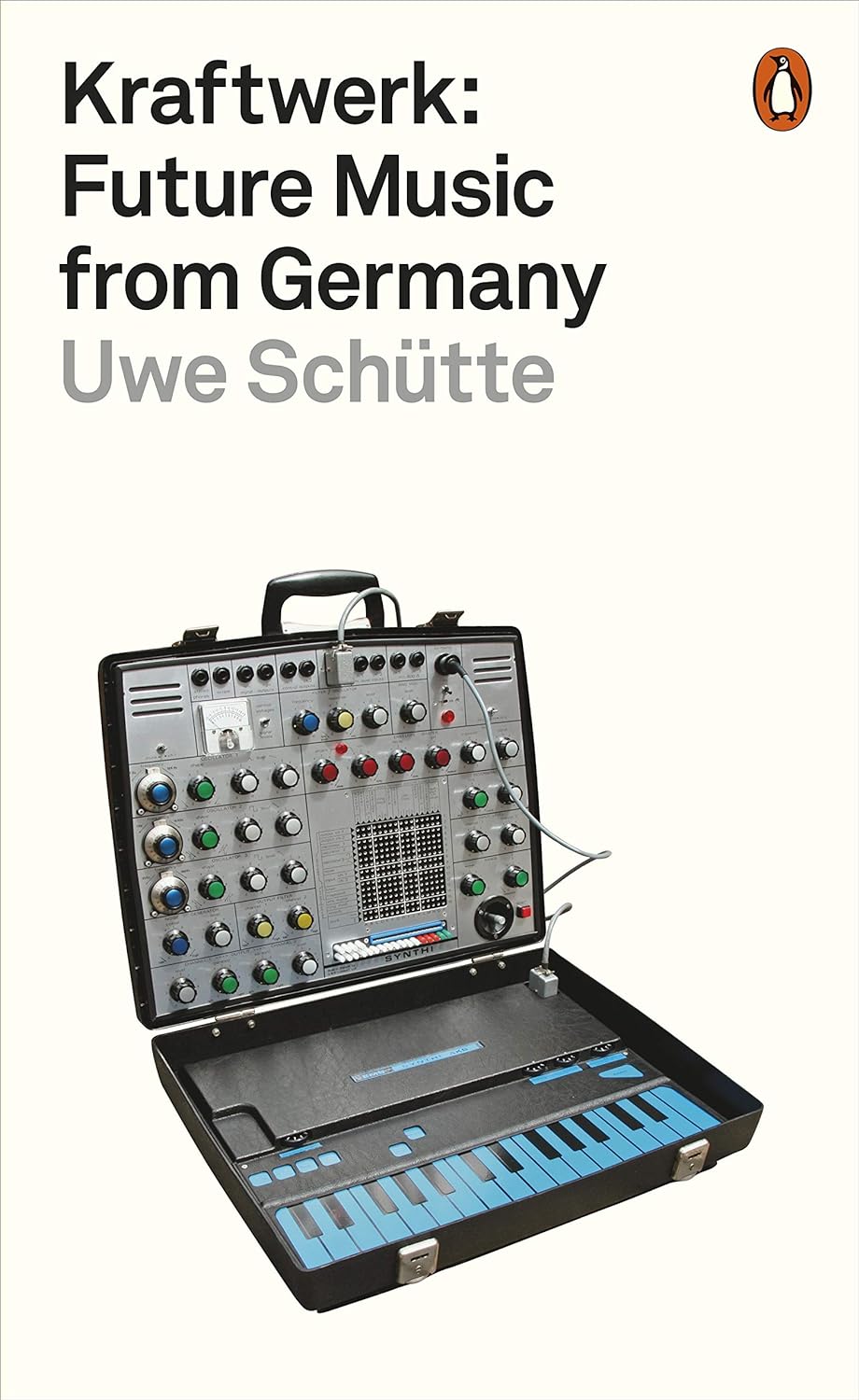
© Matrixsynth - All posts are presented here for informative, historical and educative purposes as applicable within fair use.
MATRIXSYNTH is supported by affiliate links that use cookies to track clickthroughs and sales. See the privacy policy for details.
MATRIXSYNTH - EVERYTHING SYNTH













© Matrixsynth - All posts are presented here for informative, historical and educative purposes as applicable within fair use.
MATRIXSYNTH is supported by affiliate links that use cookies to track clickthroughs and sales. See the privacy policy for details.
MATRIXSYNTH - EVERYTHING SYNTH






















